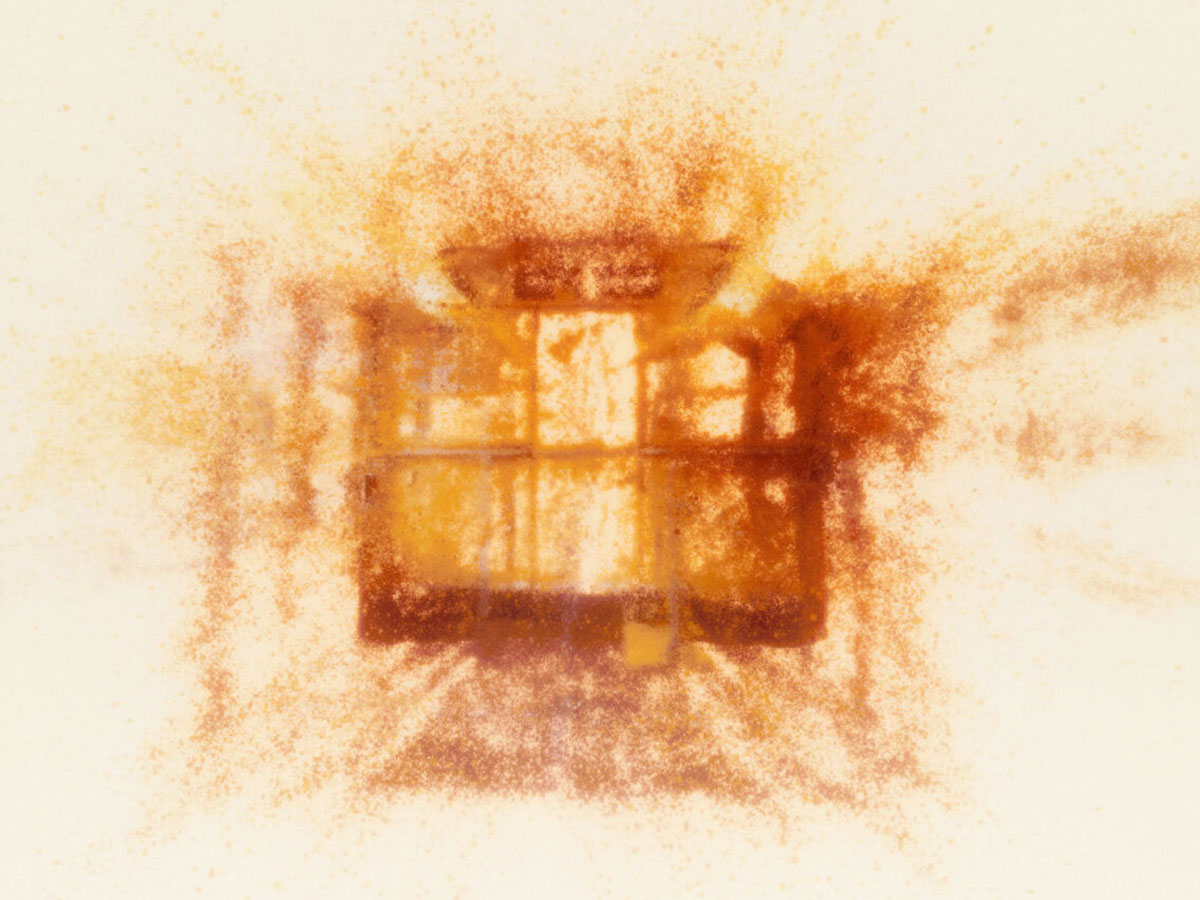
Maalbeek
Survivor but amnesiac of the attack at Maalbeek metro station on 22 March 2016 in Brussels, Sabine is looking for the missing image of an over-mediatised event of which she has no memory.
Sabine Borgignons wakes up from a coma on June 22nd, 2016, three months after the terrorist attacks on the Brussels metro station Maalbeek. Ismaël Joffroy Chandoutis’ latest short film attempts to reconstruct the memories that did not survive said catastrophe. Opening with the fragmented animated picture of a metro station, we wonder: Is it an explosion, an implosion, or a vague chimera? All three are possible. To the sounds of Beethoven’s piano piece “Für Elise”, Sabine’s words “J’essaie de remettre des images là ou il y en a pas” (“I’m trying to put images back where there aren’t any”) introduce this emotionally charged experimental short film.
The testimonies of Sabine and of the victims who cross her path are read by voice actors. Their hoarse and timid words mingle with a neat sound design and add to the empty suffering of her displaced memories. She tenderly tries to reconstruct the hijacked encounters but in vain. She seeks out the firefighter who helped her and talks to her colleague who was in the subway with her, but rut and trauma also erode their memories.
Her search leads to security camera images that Chandoutis compiles next to the well-known pictures from news broadcasts. The reluctance of Sabine’s memory clashes with the abundance of images generated by the attacks, but at the same time it forces us to a new point of view. To what extent our experience of the events was influenced by passive image consumption and active Twittering is not Chandoutis’ central question, but such musings seep into Maalbeek like dust slowly covering an exploded metro station.
As in his previous short film, Swatted, the meticulous, almost journalistic exploration is very tangible. But Maalbeek—part collage film, part experimental video art—challenges the documentary genre. Chandoutis’ work reminds us both of the pointillism of the 19th century and of the noise of disturbed image transmission. He zooms out meditatively and laboriously, taking a step back in a similar way as to what Sabine is trying to do. Is a step backwards the best way forward? Is there still a memory to recover from between the ashes and the rubble of an exploding subway set?

